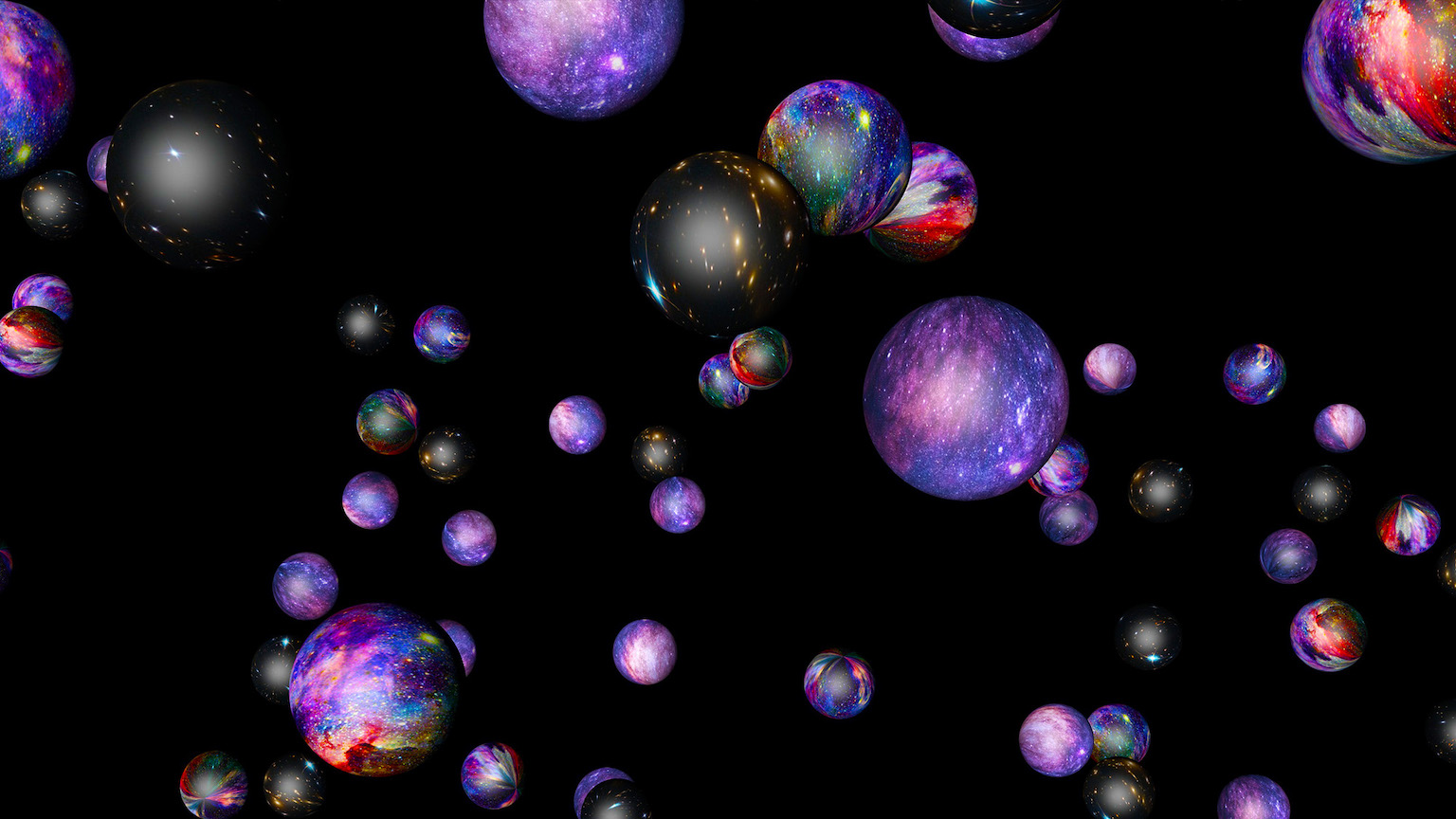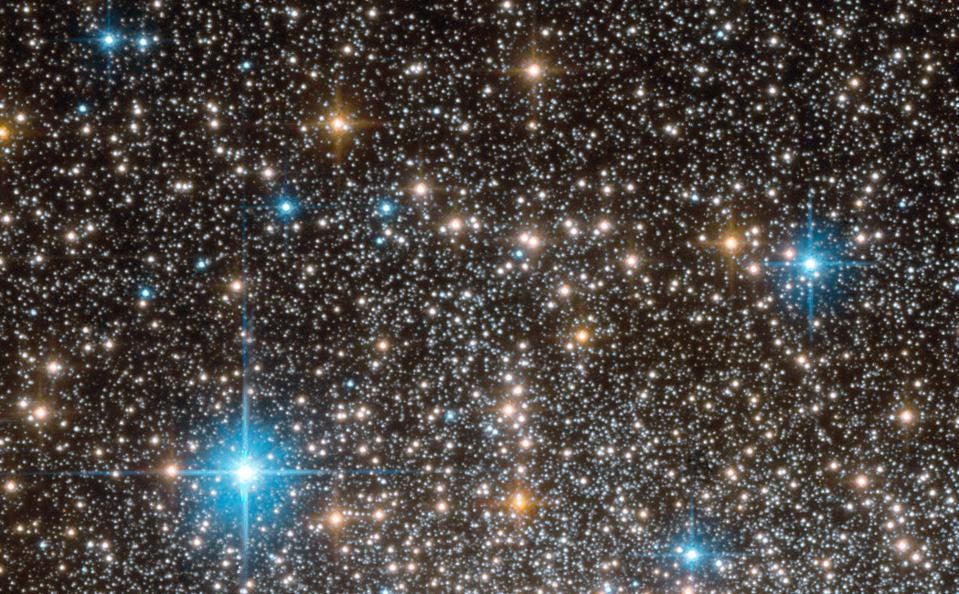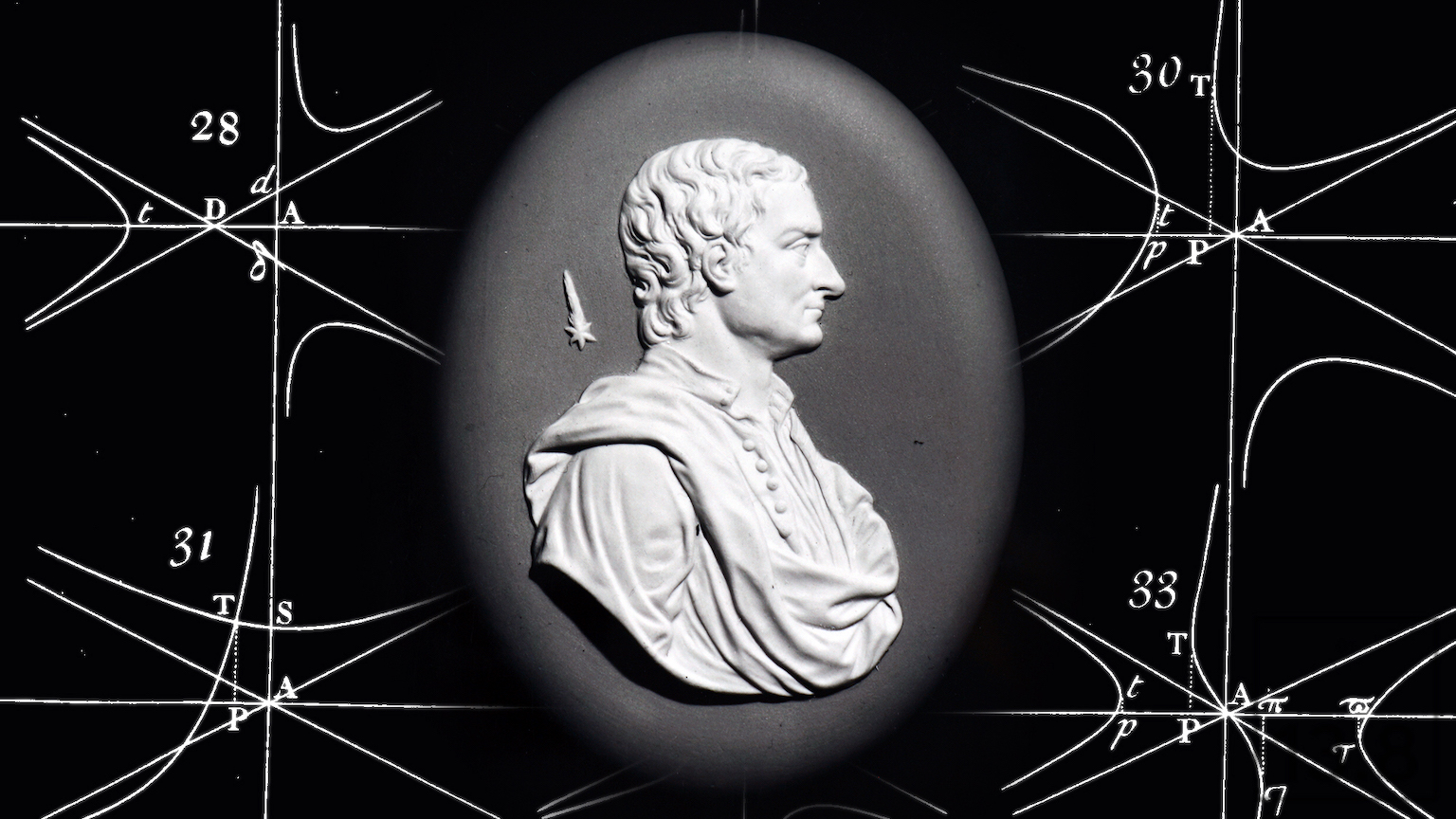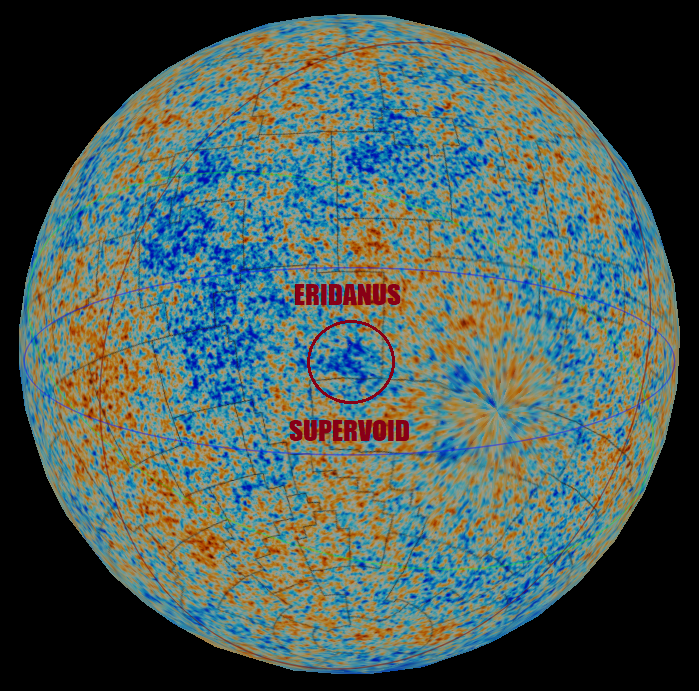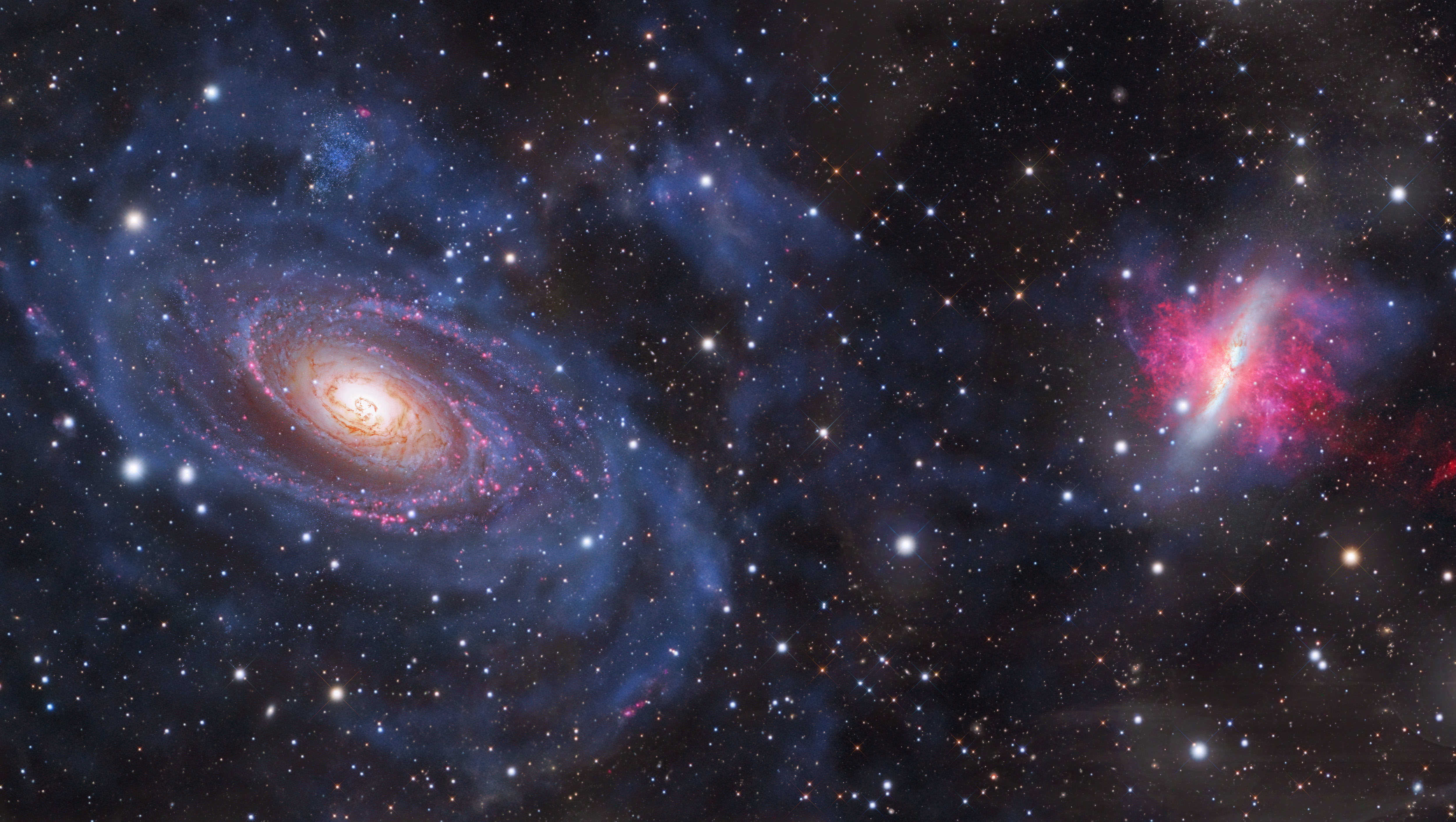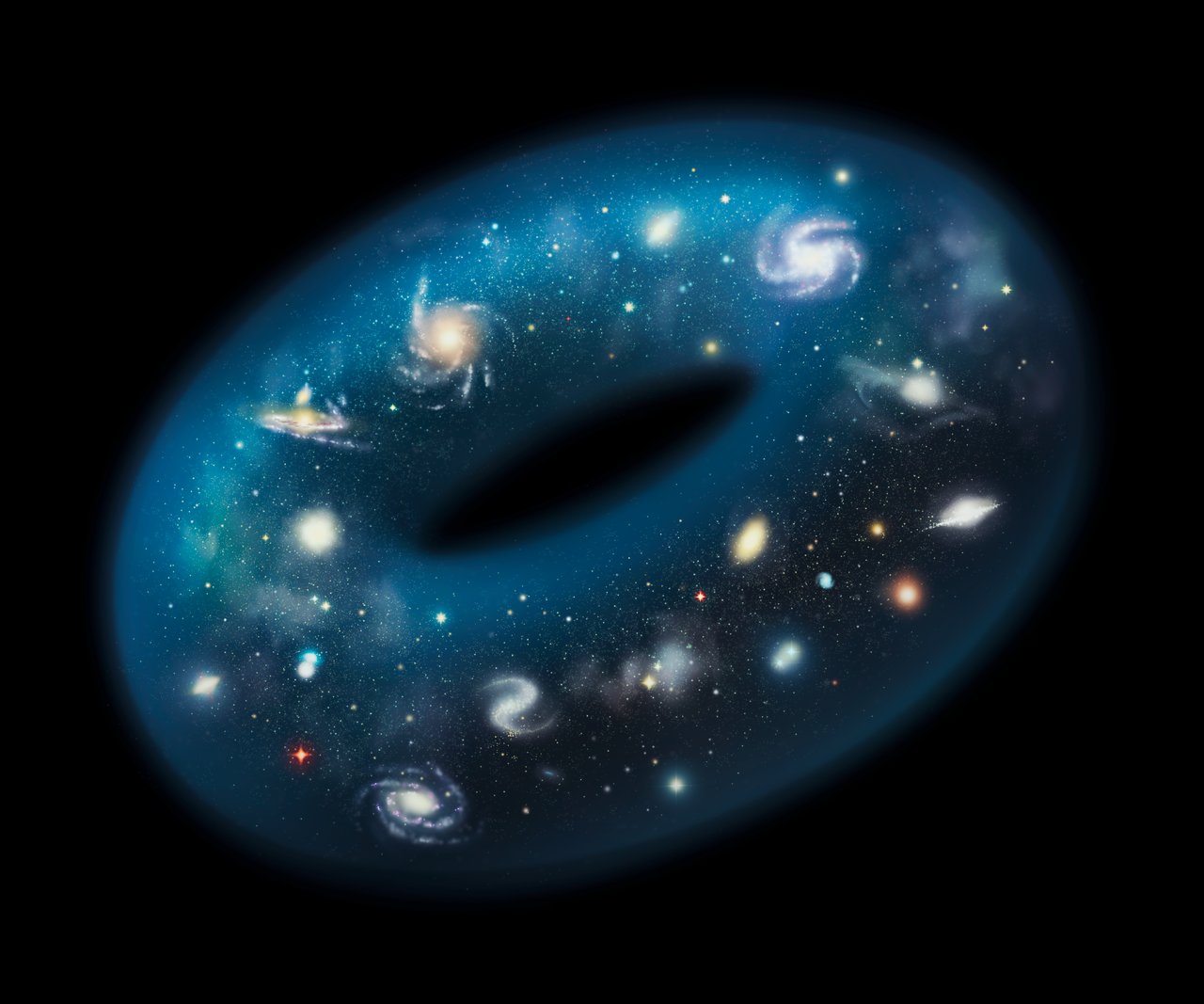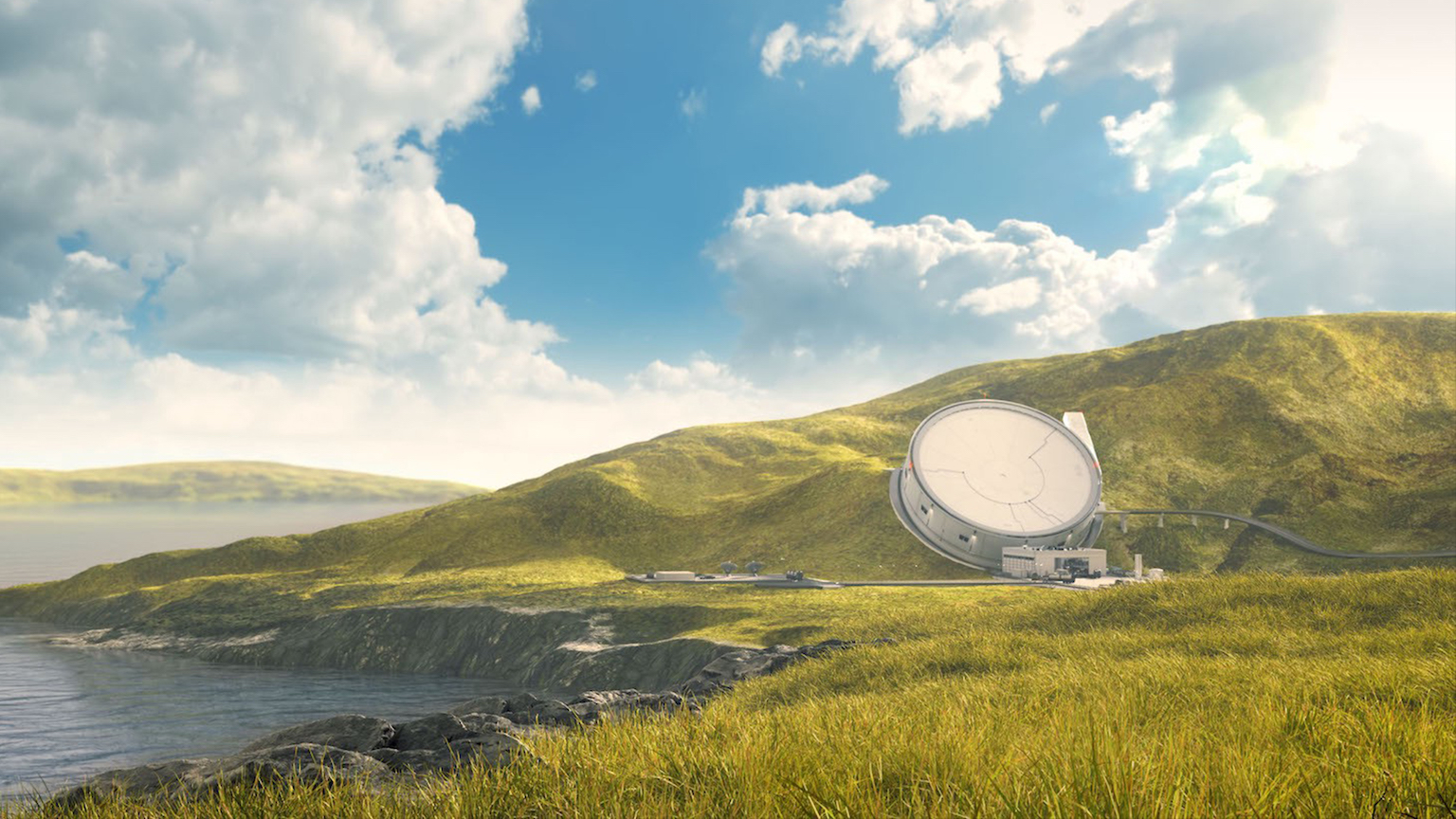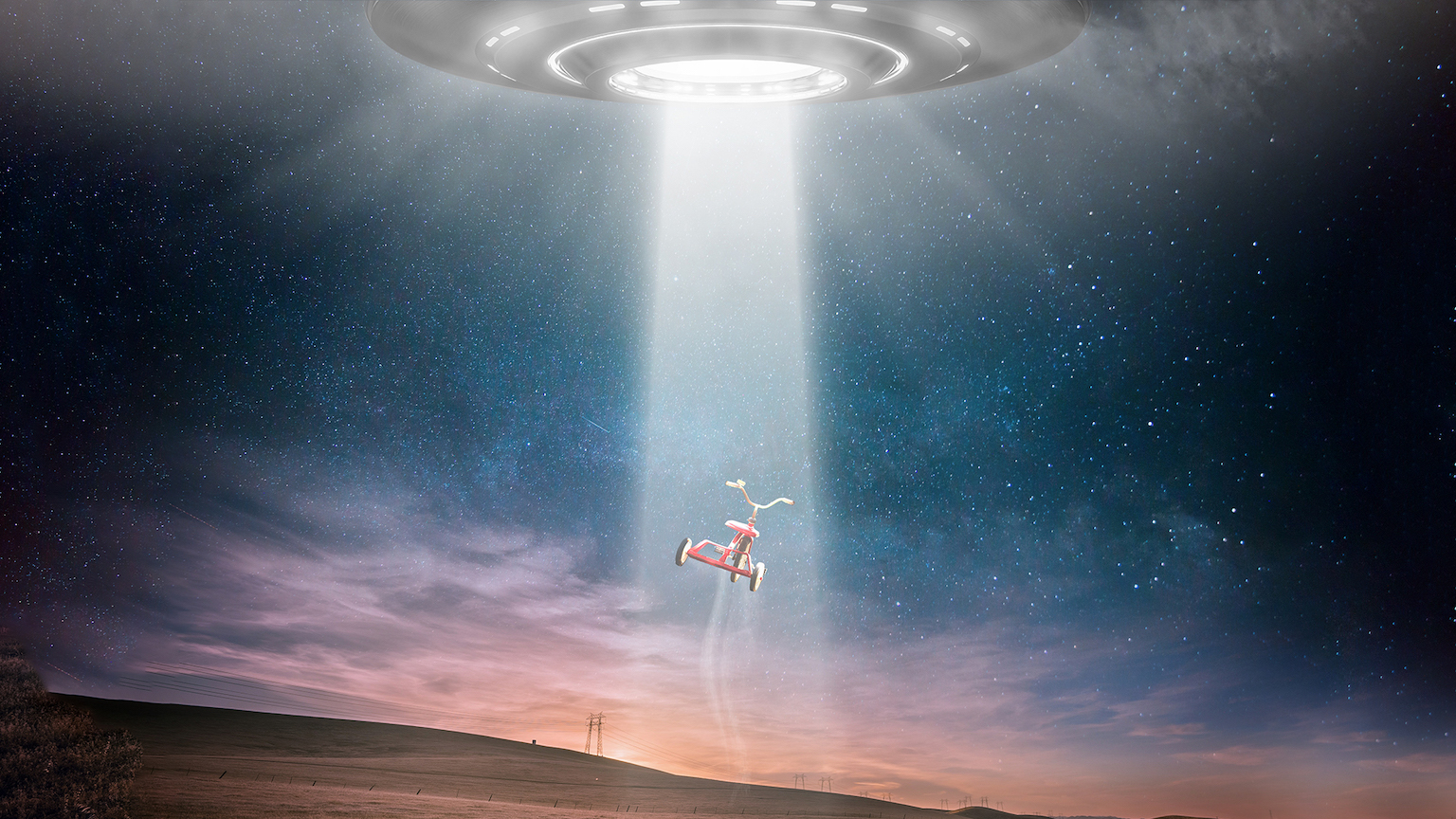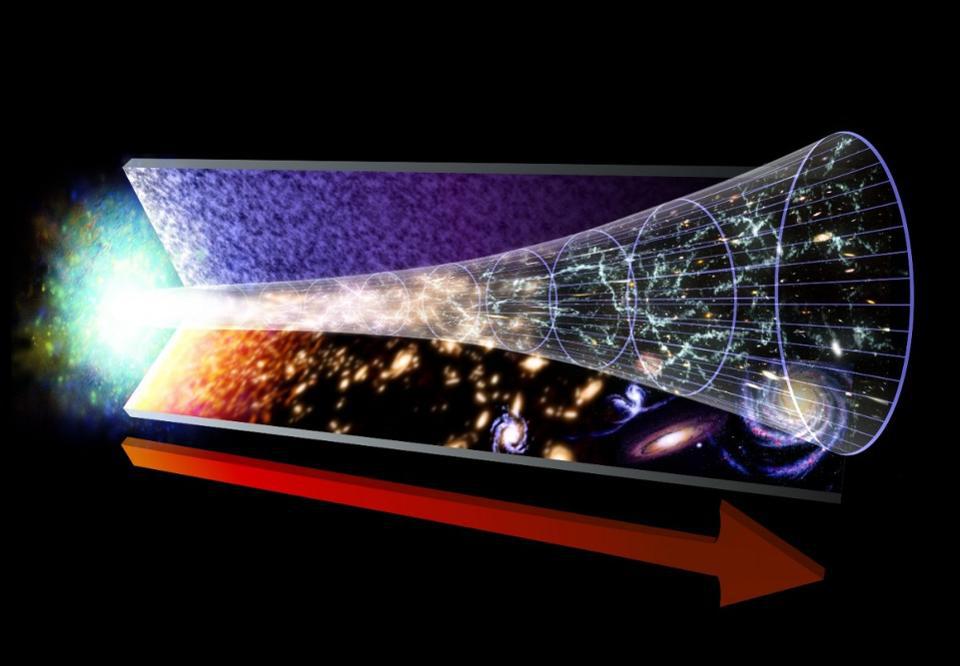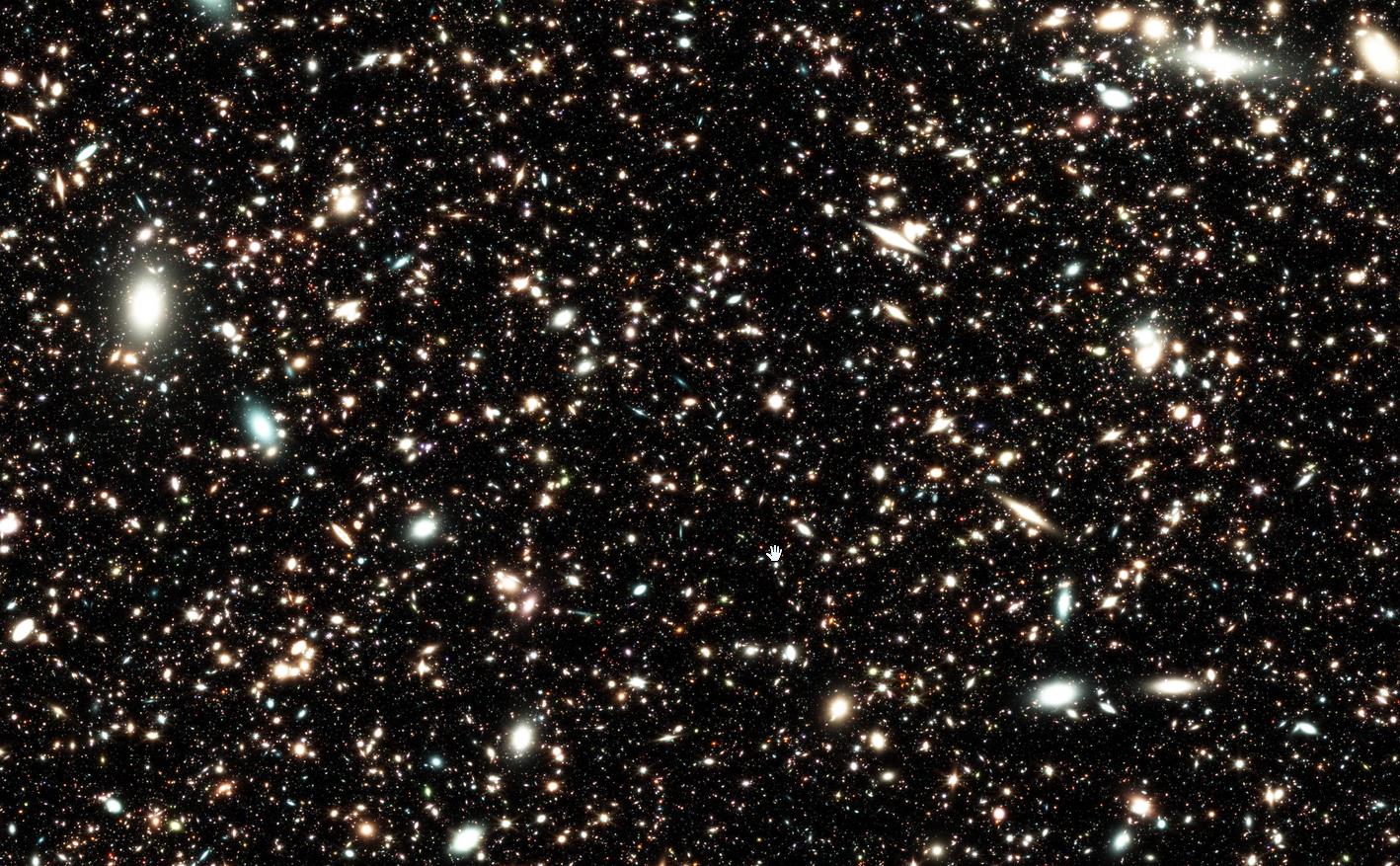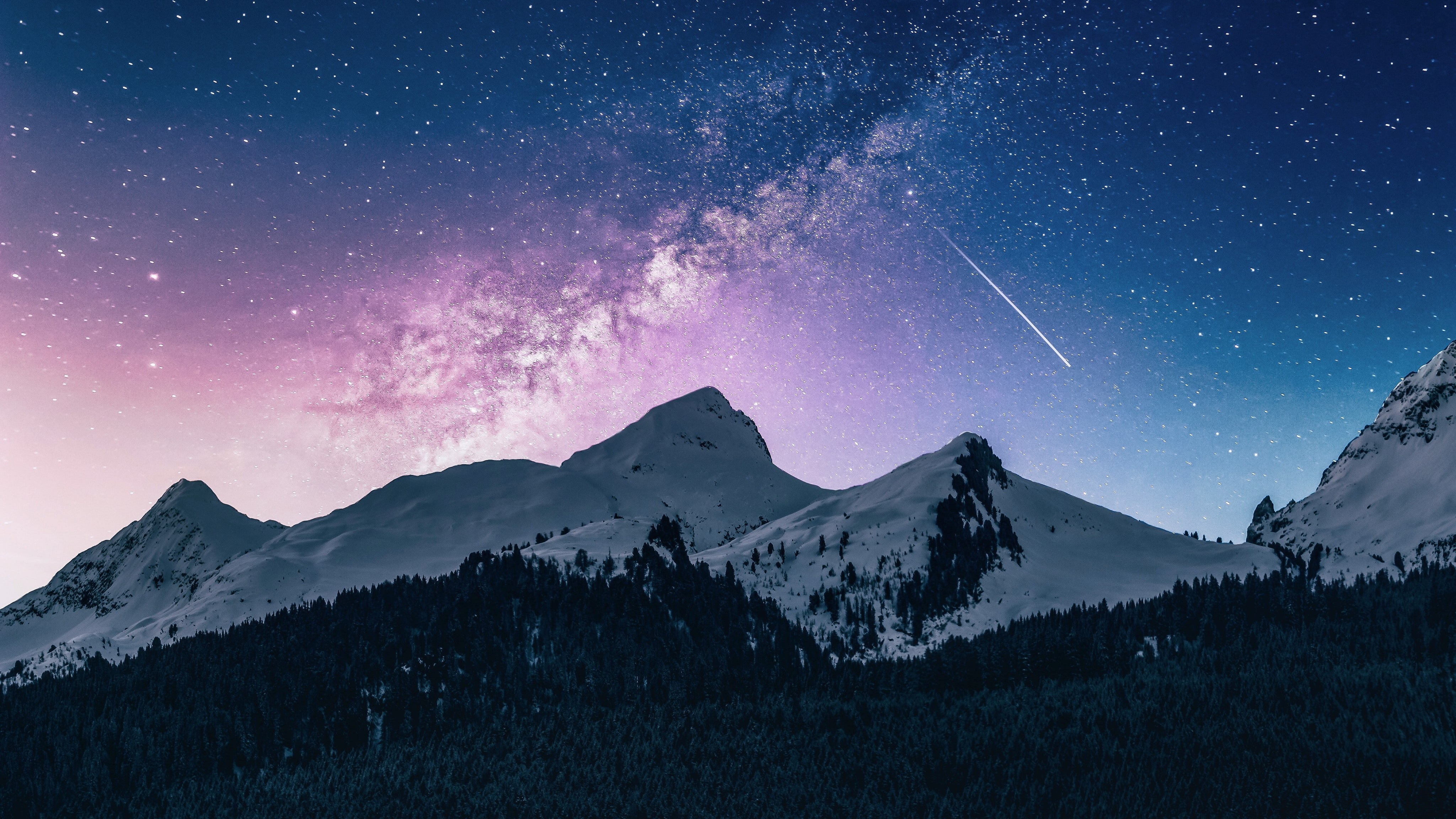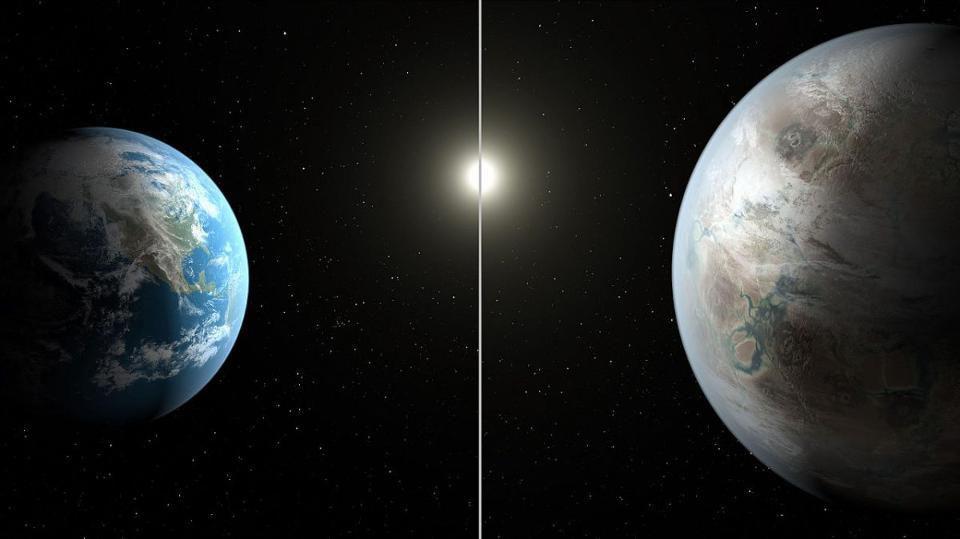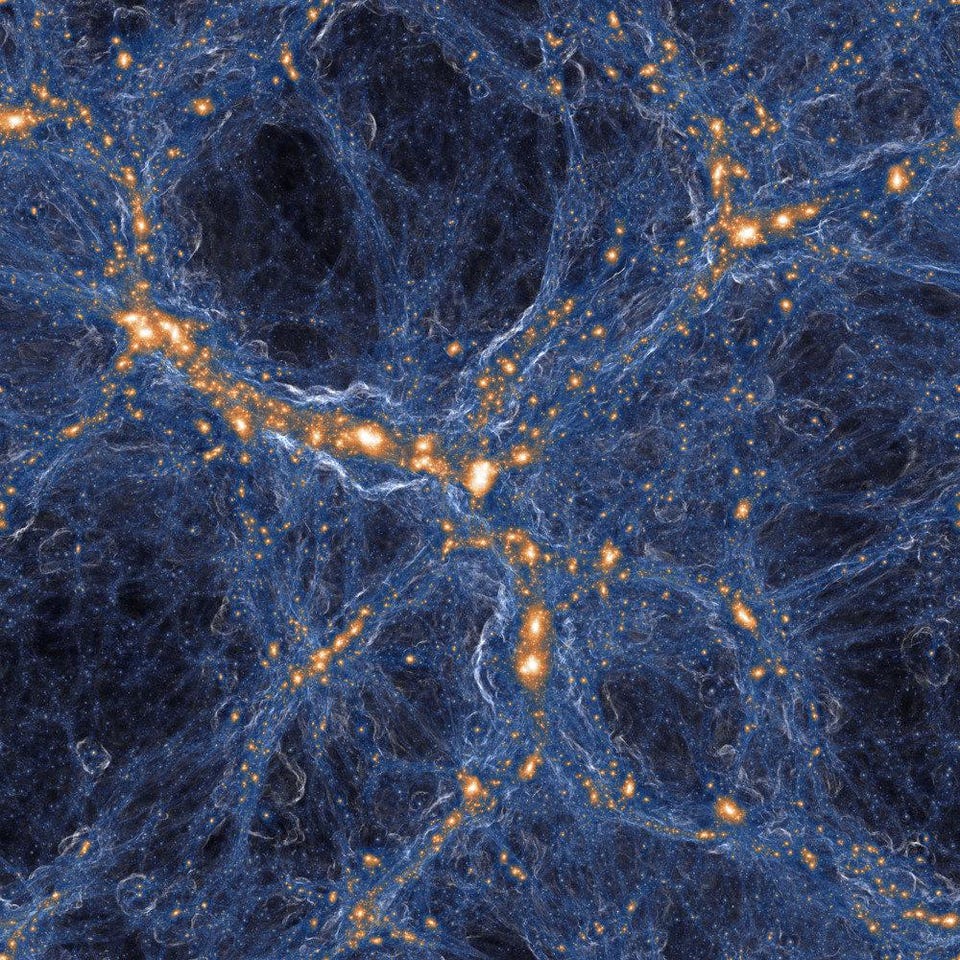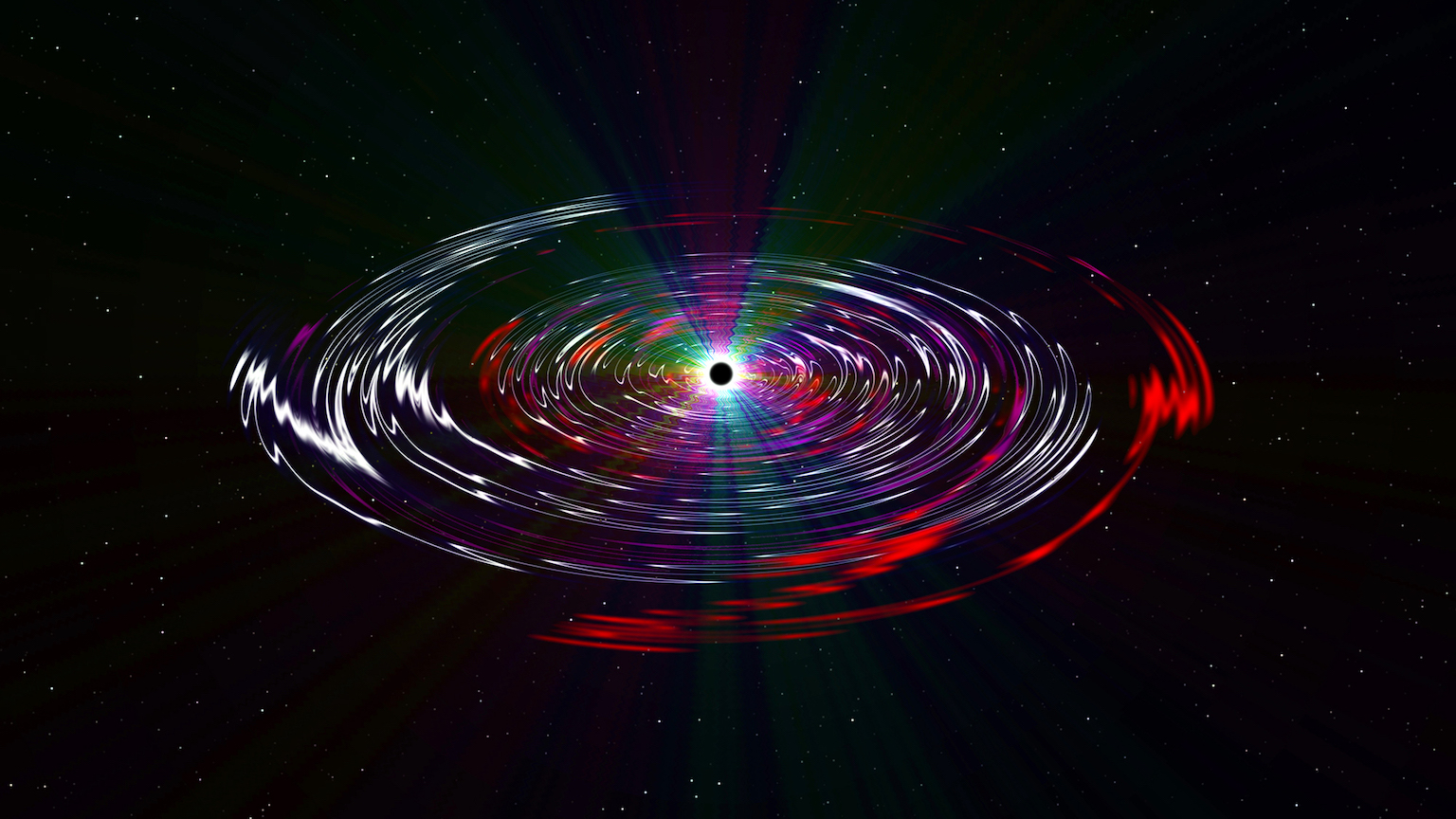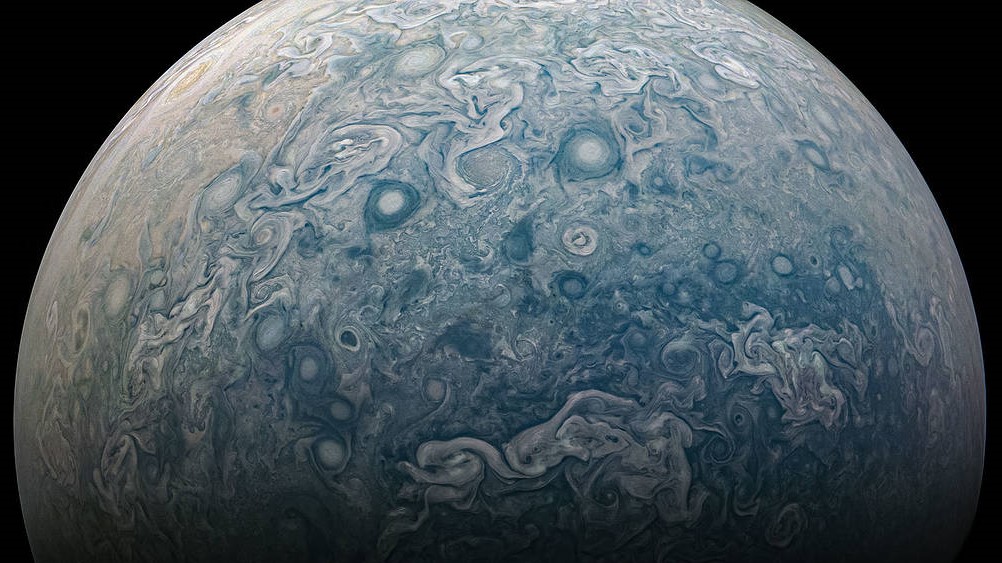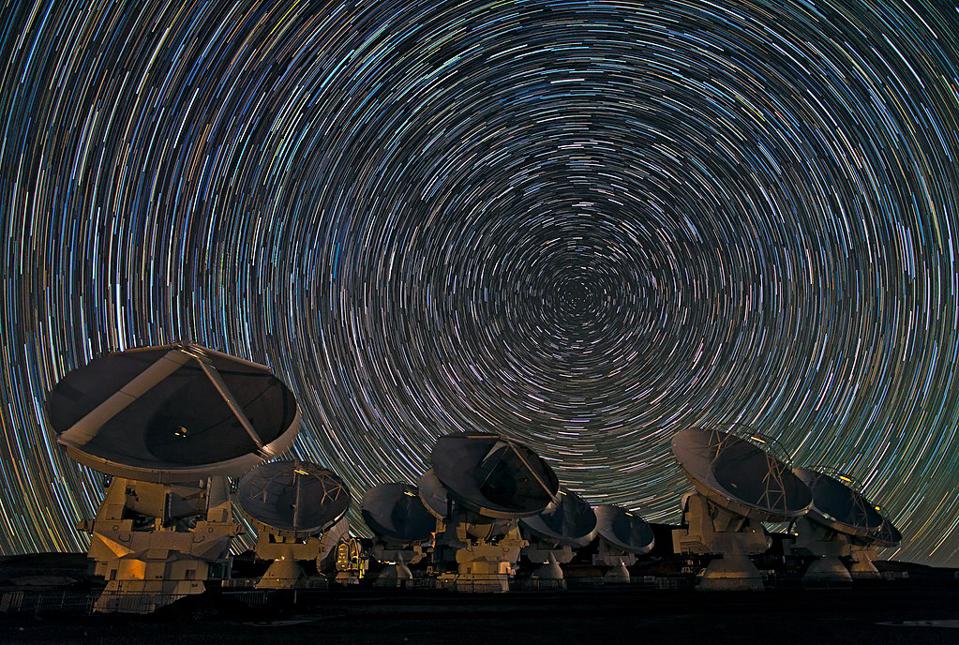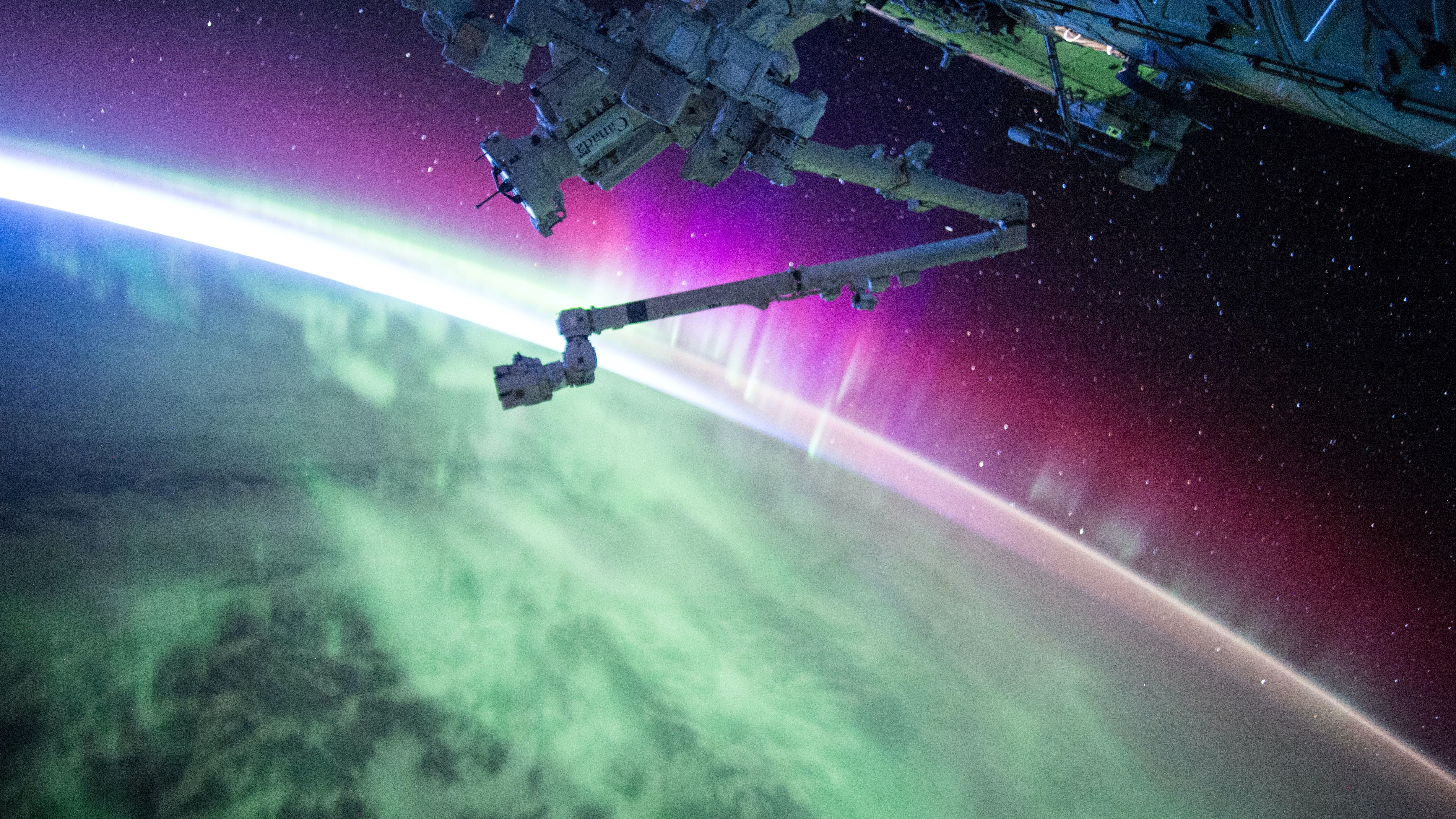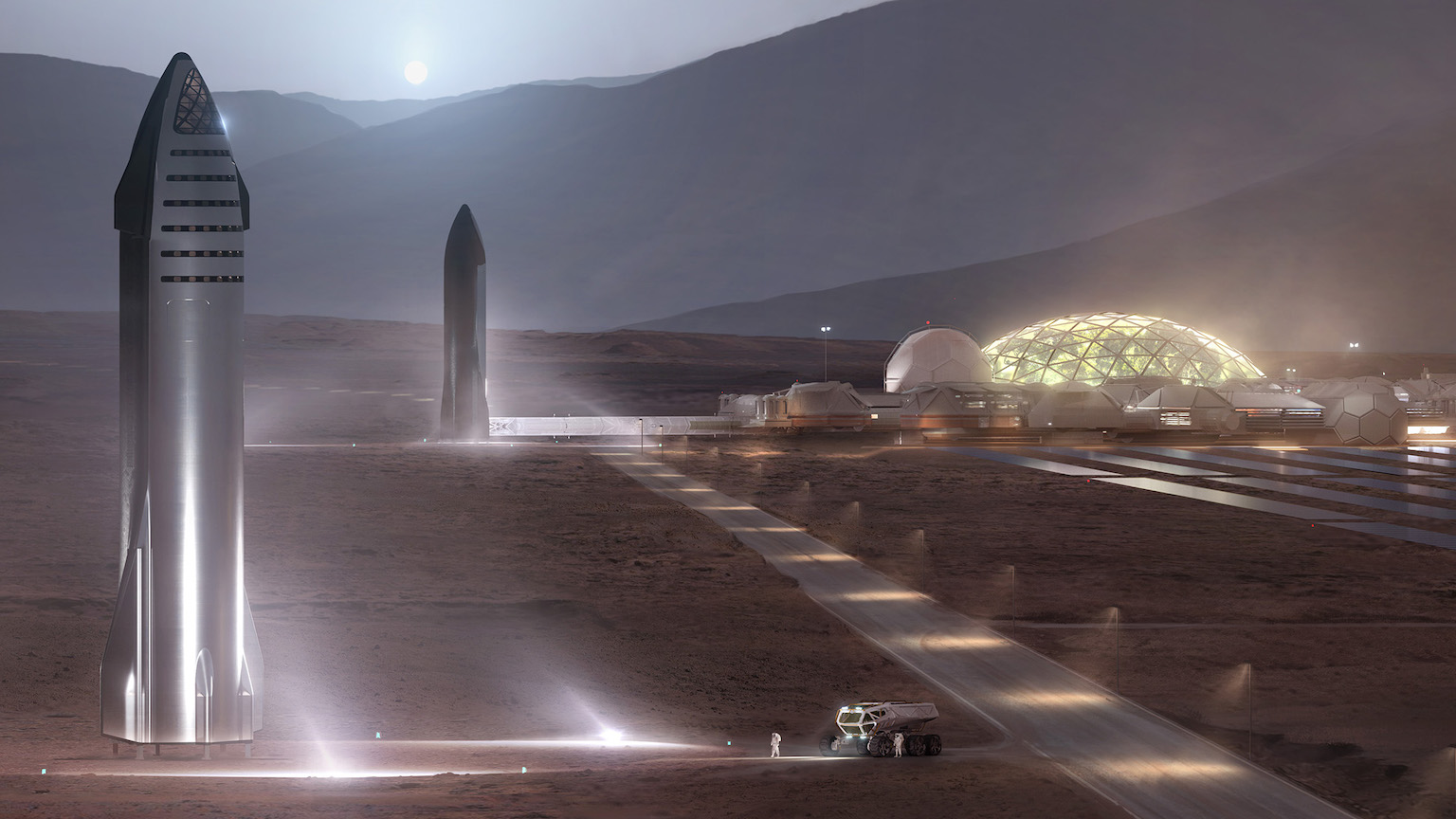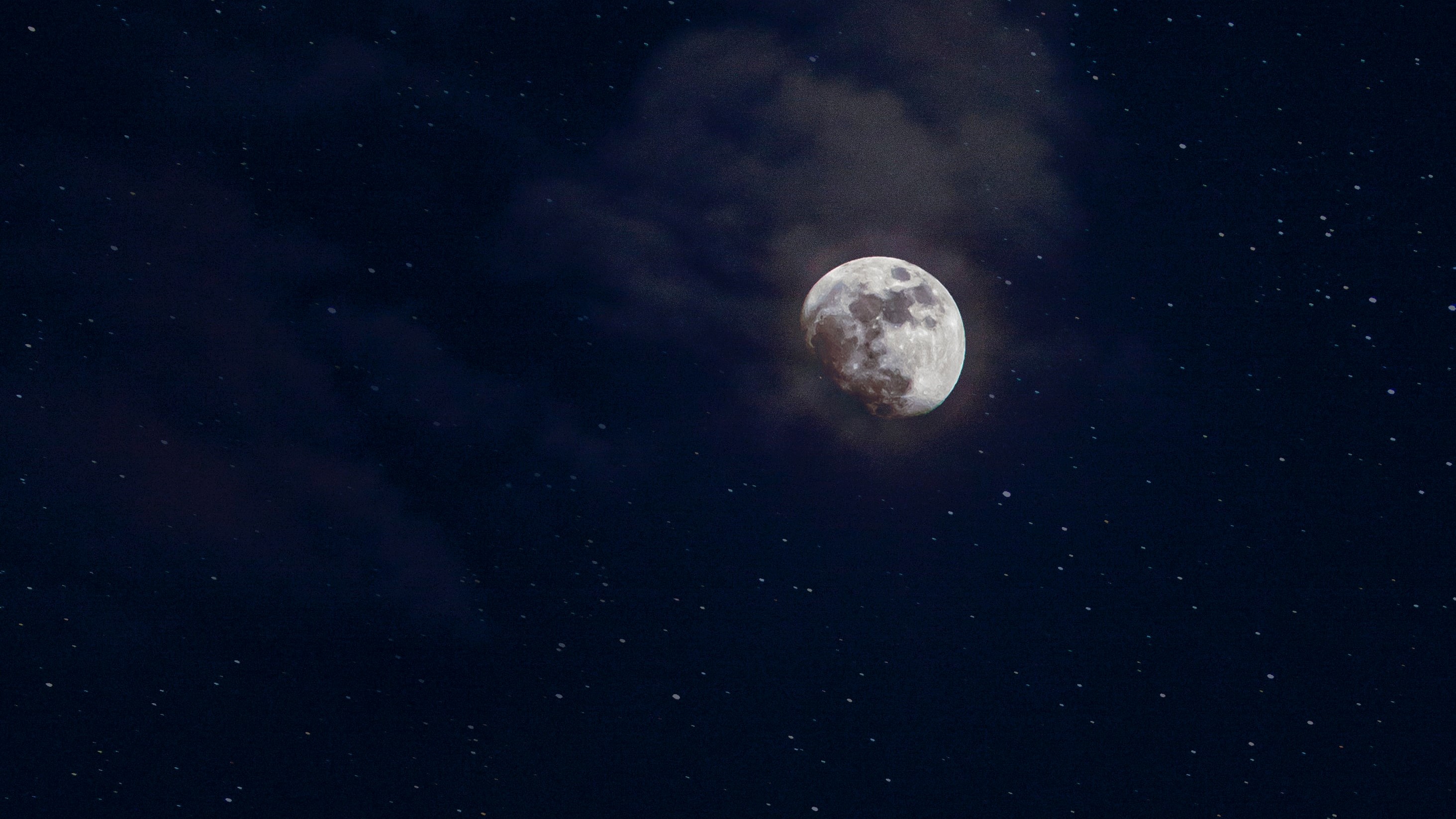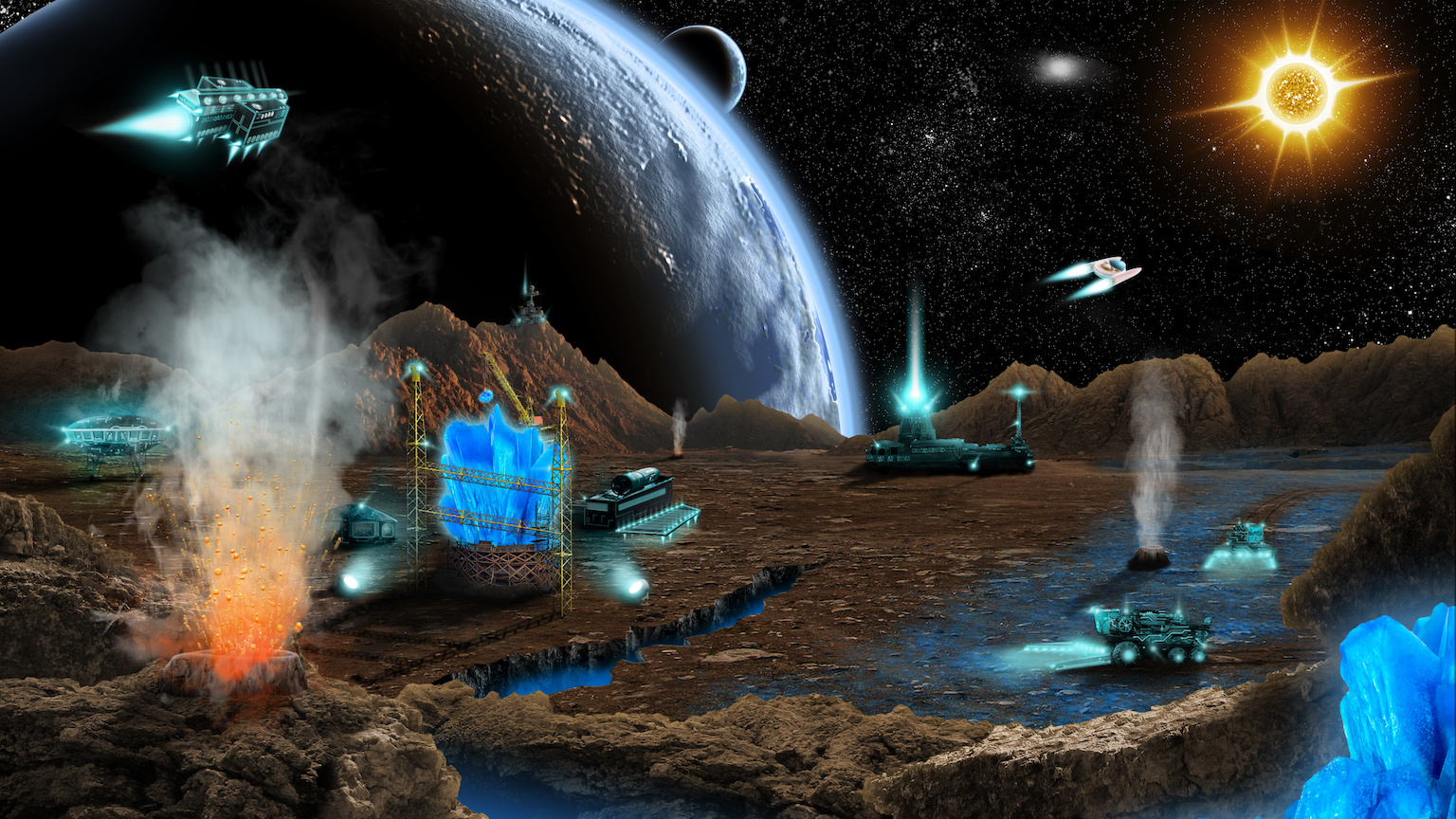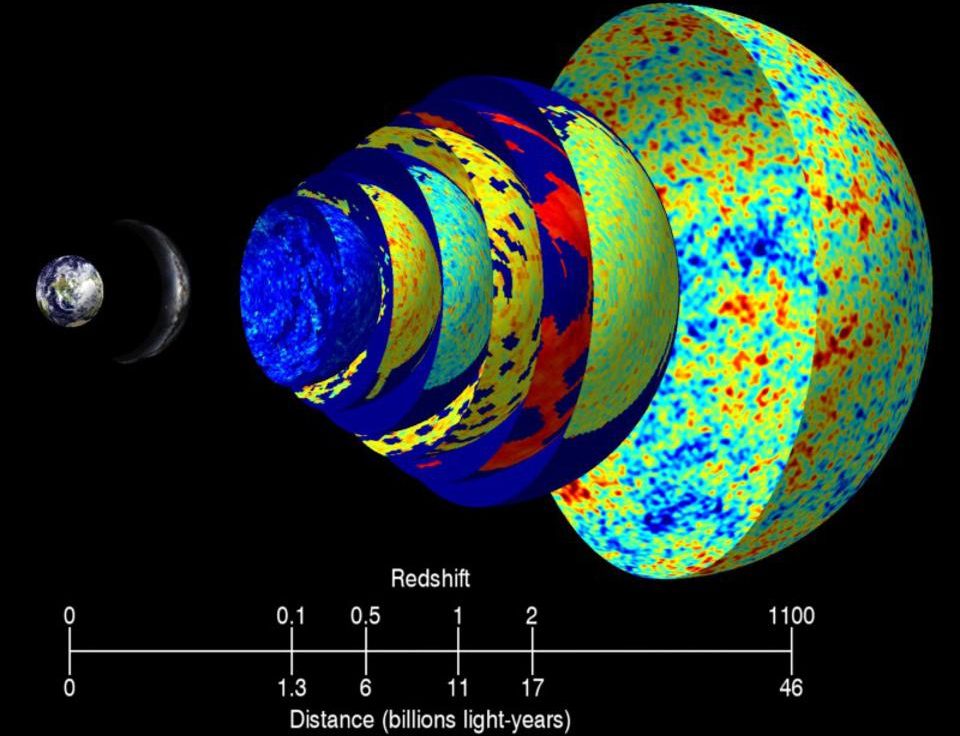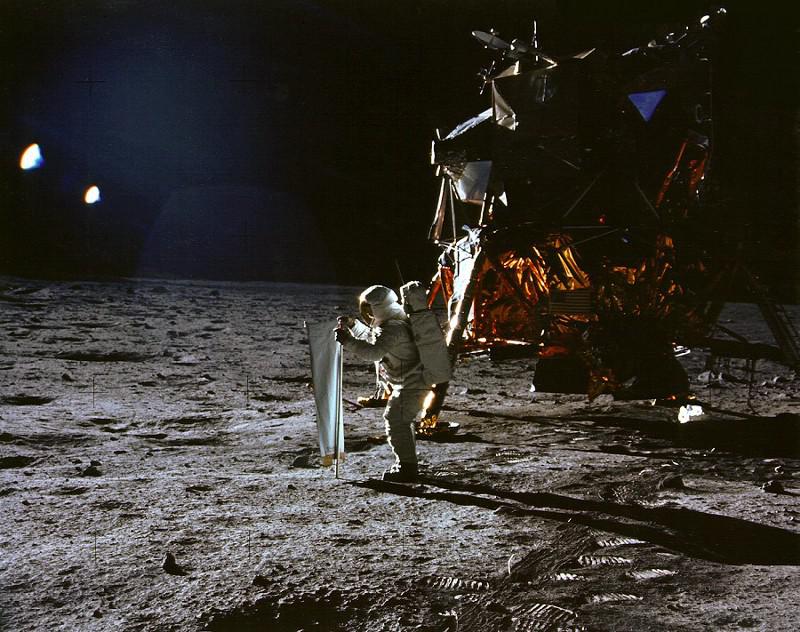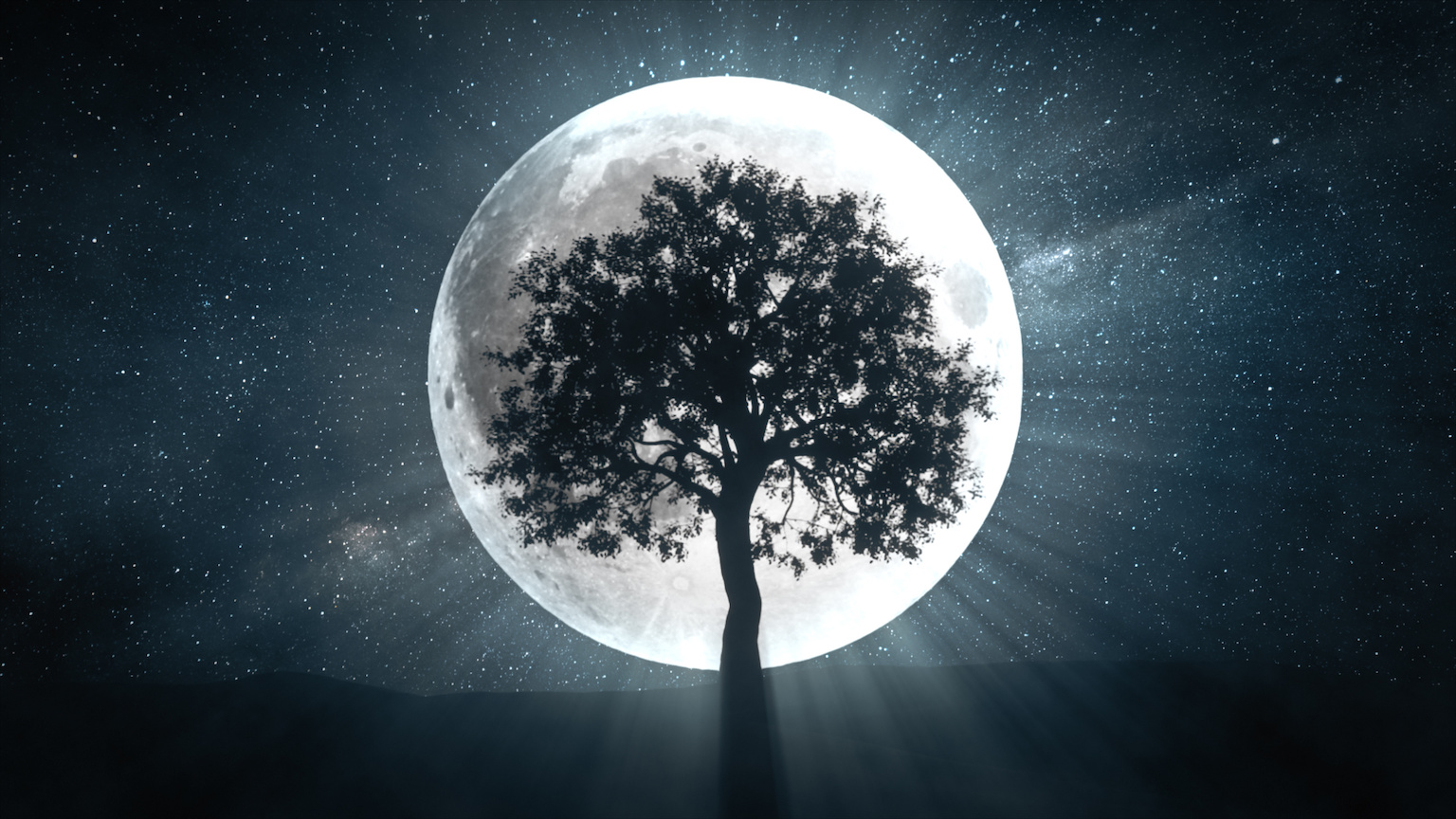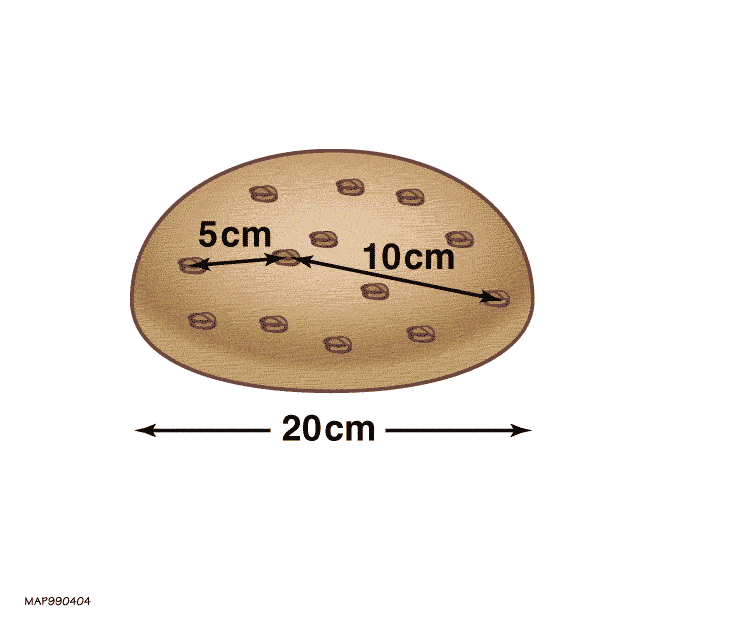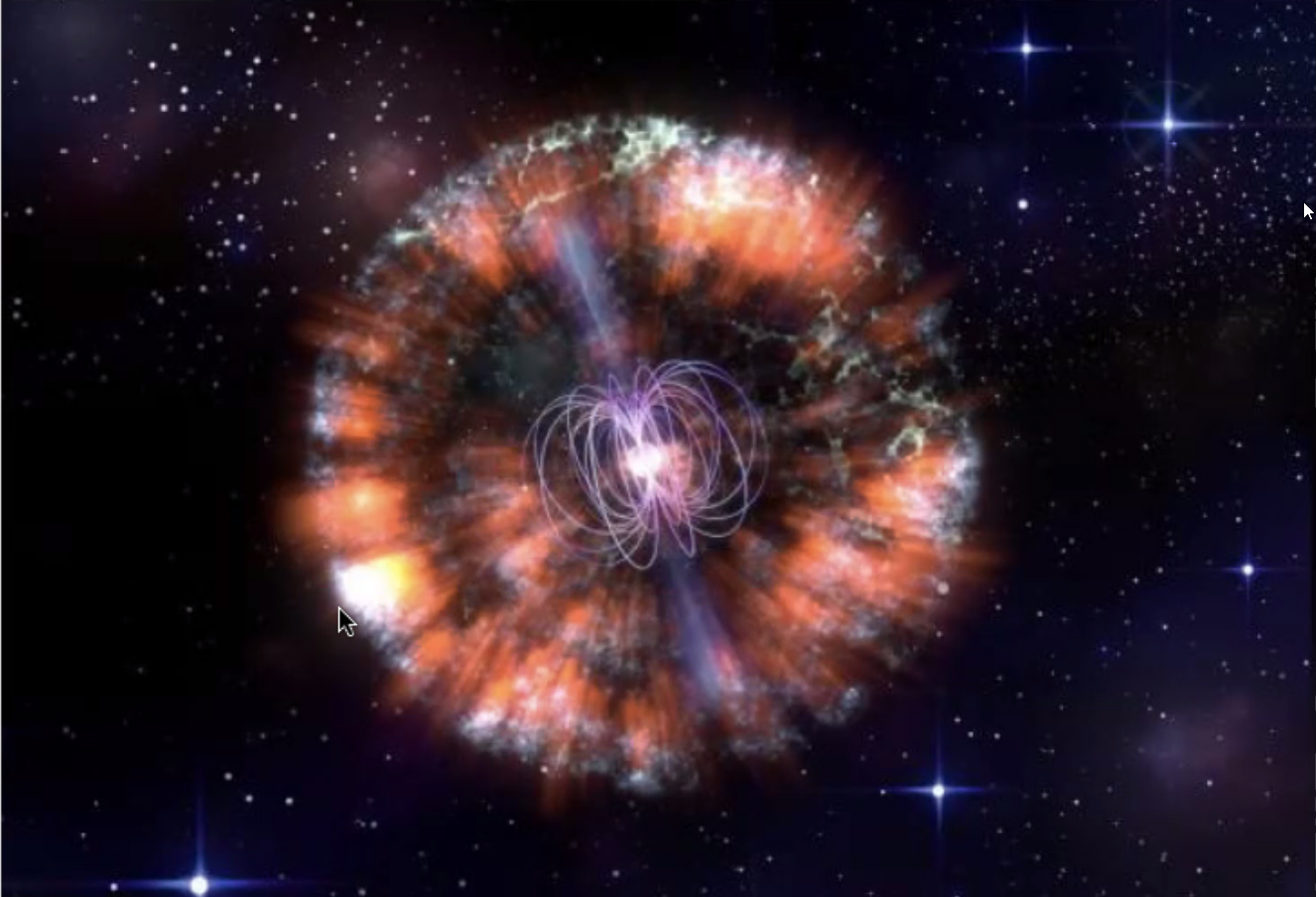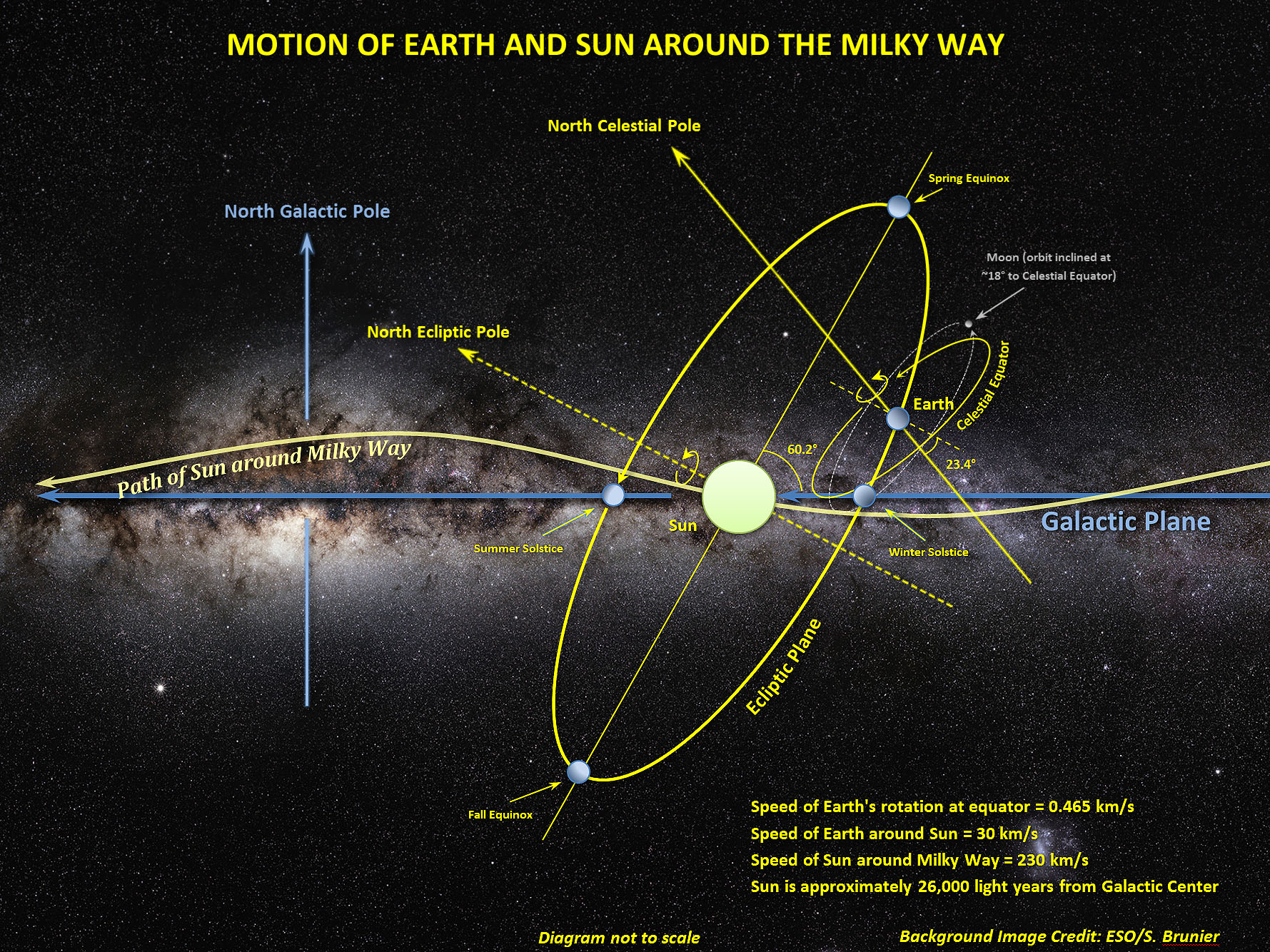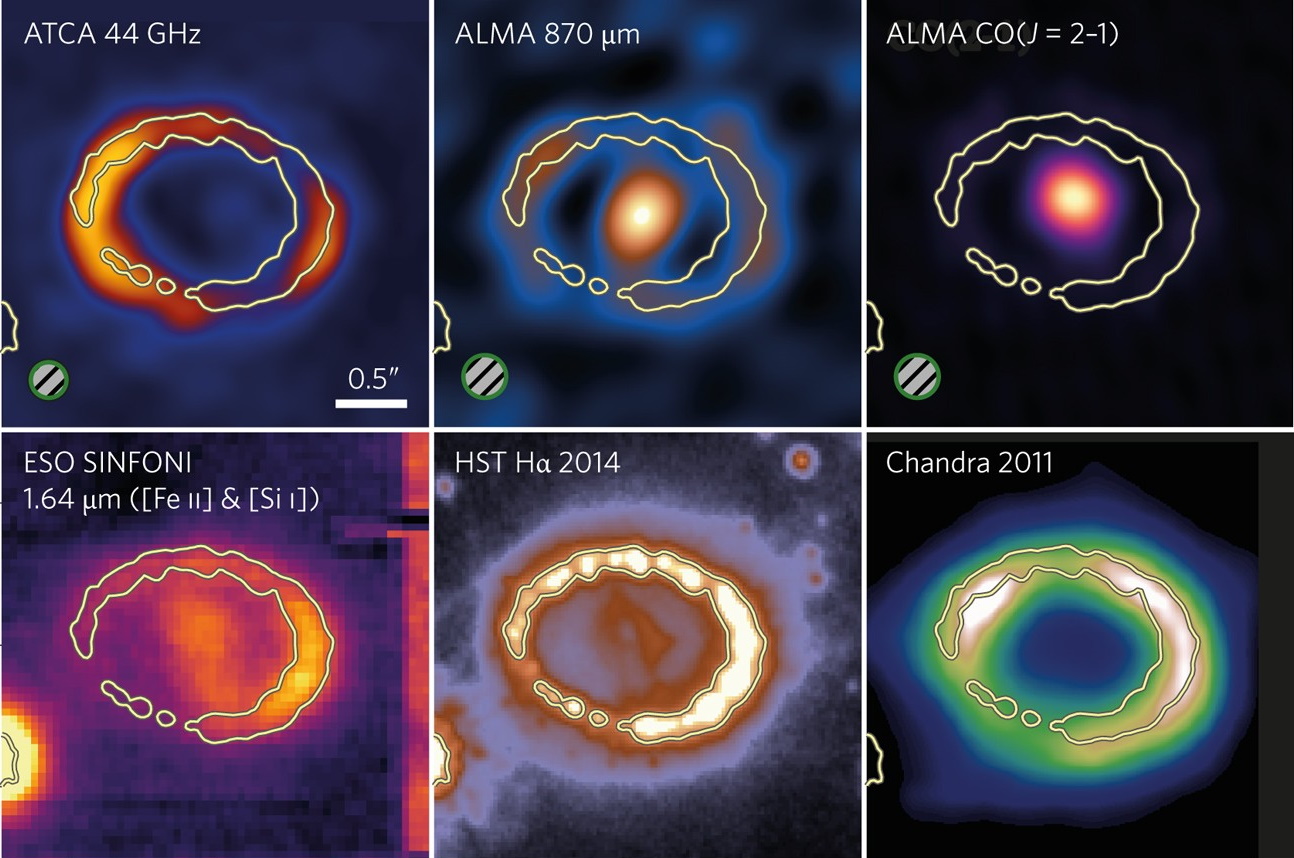Space & Astrophysics
In scientific theories, the Multiverse appears as a bug rather than as a feature. We should squash it.
There are ~400 billion stars in the Milky Way, and ~2 trillion galaxies in the visible Universe. But what if we aren’t typical?
From physics and alchemy to theology and eschatology, Isaac Newton’s research was rooted in a personal pursuit of the Divine.
The Universe is supposed to be the same everywhere and in all directions. So what’s that giant “cold spot” doing out there?
Just 12 million light-years away, the galaxies Messier 81 and 82 offer a nearby preview of the Milky Way-Andromeda merger.
Is the Universe finite or infinite? Does it go on forever or loop back on itself? Here’s what would happen if you traveled forever.
Besides offering an incredibly cool way to get stuff into space, SpinLaunch promises to reduce the cost of a launch by 20-fold.
The inside of every black hole leads to the birth of a new Universe. Could our Universe have arisen from one?
From succubi to aliens, stories of abductions or other unsettling encounters have been with us for millennia. What explains them?
There are an estimated two trillion galaxies within the observable Universe. Most are already unreachable, and the situation only gets worse.
Hubble’s deepest views of space revealed fewer than 10% of the Universe’s galaxies. James Webb will change that forever.
Shooting star or piece of space dust?
In terms of the planets we’ve discovered, super-Earths are by far the most common. What does that mean for the Universe?
On the largest scales, galaxies don’t simply clump together, but form superclusters. Too bad they don’t remain bound together.
It is time to give the Russian cosmologist the credit he deserves.
With a new telescope on the horizon, we reflect on the best pictures of space that came before.
If you want to understand what the Universe is, how it began, evolved, and will eventually end, astrophysics is the only way to go.
Can space ever be safe? What about the metaverse?
In 1990, we only knew of the ones in our Solar System. Today, we know of thousands, and that’s just the tip of the iceberg.
The massive craft could carry 100 humans to Mars and revolutionize space exploration.
On December 19 1972, astronauts Eugene Cernan, Harrison Schmitt and Ronald Evans splashed down safely in the Pacific Ocean, ending the Apollo 17 lunar mission. They were the last people to travel […]
Coupled with 3D printing, biomining the Moon or Mars with microbes could sustain human colonies without constant re-supply from Earth.
The search for worlds outside our solar system has just turned up a planet, TOI-2257 b, with a truly extreme orbit.
We frequently say it’s 2.725 K: from the light left over all the way from the Big Bang. But that’s not all that’s in the Universe.
Even though no human has stepped foot on the Moon’s surface in 50 years, the evidence of our presence there remains unambiguous.
The James Webb Space Telescope finally could answer the age-old question of whether we are alone in the universe.
There are two fundamentally different ways of measuring the Universe’s expansion. They disagree. “Early dark energy” might save us.
The first supernova ever discovered through its X-rays has an enormously powerful engine at its core. It’s unlike anything ever seen.
The Solar System isn’t a vortex, but rather the sum of all our great cosmic motions. Here’s how we move through space.
Some stars burn through their fuel as expected, and die of natural causes. But others, instead, get murdered. Here’s their story.
